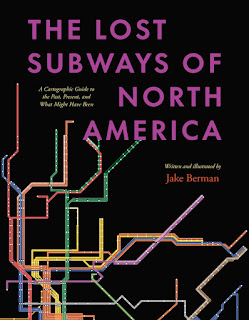Here is part 3 in what was meant to be a two part series. In between my last two posts, Vivid Maps posted a map of indigenous languages. I think this was just a coincidence. I only saw their post yesterday and I don't think they saw or were reacting to what I posted. Anyway this is a pretty interesting map, originally from Reddit.
User aofen did a nice job here though the number of languages represented makes it impossible to have a distinguishable color scheme. Especially since the colors run into each other.
The languages chosen for this map have over 25,000 speakers. Southern Quechua (darker yellow on the map below) has the largest number of speakers at 6.9 million. Guarani also has an impressive reach with 6.5 million and is one of two official languages of Paraguay. It's area closely fits the boundaries of that country. Most of these languages are primarily spoken in rural areas.
Some of these languages can be found in the Living Dictionaries site highlighted in my last post. In some cases I suspect the spellings are a bit different because there are some very similar names.
NOTE: A lot of research went into this map. I have not had the time to verify any of it and am assuming a high level of accuracy and good faith here. One can never be certain with online sources.





















